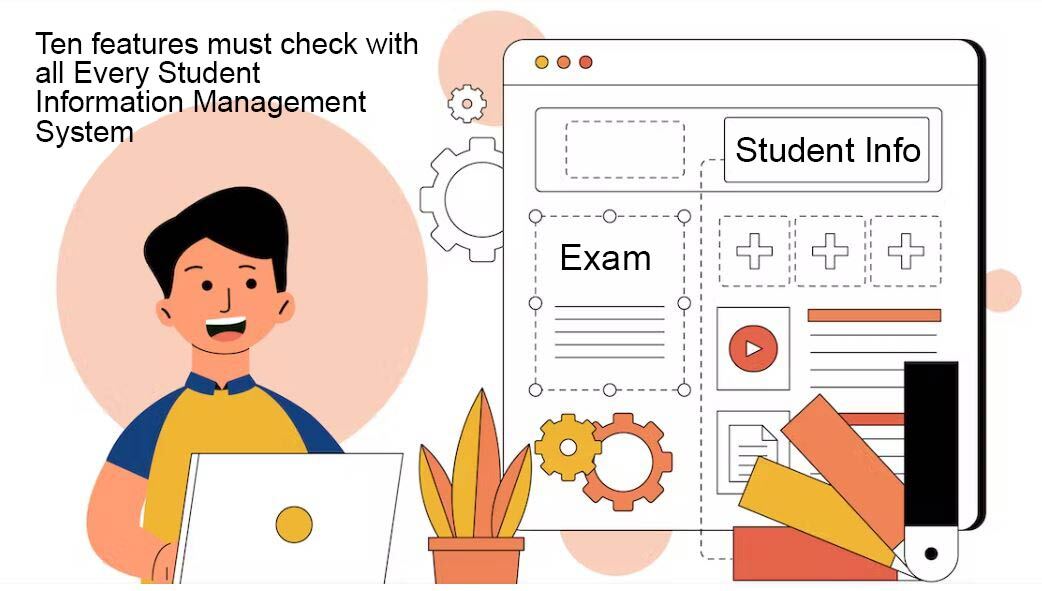Introduction
Student Information Management System (SIMS) is a software system designed to help schools manage their student data. These systems are used to track student attendance, manage timetables, manage student records, manage fees, manage examinations, track student performance, manage libraries, communicate with parents, manage online payments, and provide customizable dashboards. All of these features can help schools to streamline their operations and improve their overall efficiency.
SIMS provide many benefits to schools. By using SIMS, schools can save time and money by automating many of their administrative tasks. They can also improve communication between school staff, parents, and students. Furthermore, SIMS can provide valuable insights into student performance, allowing schools to better tailor their educational offerings to the needs of their students.
10 Features Every Student Information Management System Should Have
Every school should have a SIMS with the following features:
- Automated Attendance Tracking – SIMS should be able to track student attendance automatically, allowing schools to quickly and easily monitor students’ attendance.
- Timetable Management – SIMS should be able to manage school timetables, allowing staff to easily plan and adjust class schedules.
- Student Record Management – SIMS should be able to store and manage student records, such as grades, contact information, and health records. This will allow schools to quickly access the information they need.
- Fee Management – SIMS should be able to manage student fees, allowing schools to track payments, generate invoices, and manage refunds.
- Examination Management – SIMS should be able to manage examinations, allowing schools to easily create and manage exams and track student performance.
- Student Performance Tracking – SIMS should be able to track student performance, allowing schools to monitor student progress and identify areas for improvement.
- Digital Library – SIMS should be able to manage digital libraries, allowing students to access a wide range of educational materials.
- Real-time Communication with Parents – SIMS should be able to provide real-time communication between school staff and parents, allowing parents to stay informed about their child’s progress.
- Online Payments – SIMS should be able to manage online payments, allowing parents to easily pay fees and other expenses.
- Customizable Dashboards – SIMS should be able to provide customizable dashboards, allowing schools to quickly access the information they need.
Conclusion
School ERP Software is essential for any school. By having a SIMS with the features outlined above, schools can save time and money, improve communication, and gain valuable insights into student performance. Implementing SIMS with these features can help schools to improve their overall efficiency and better serve their students.





